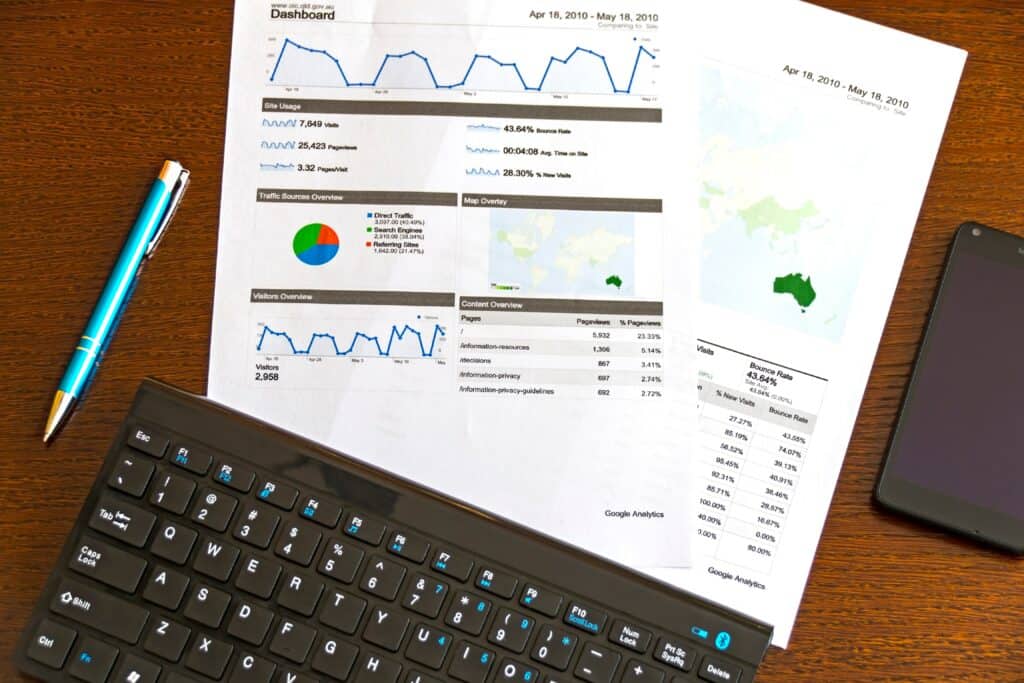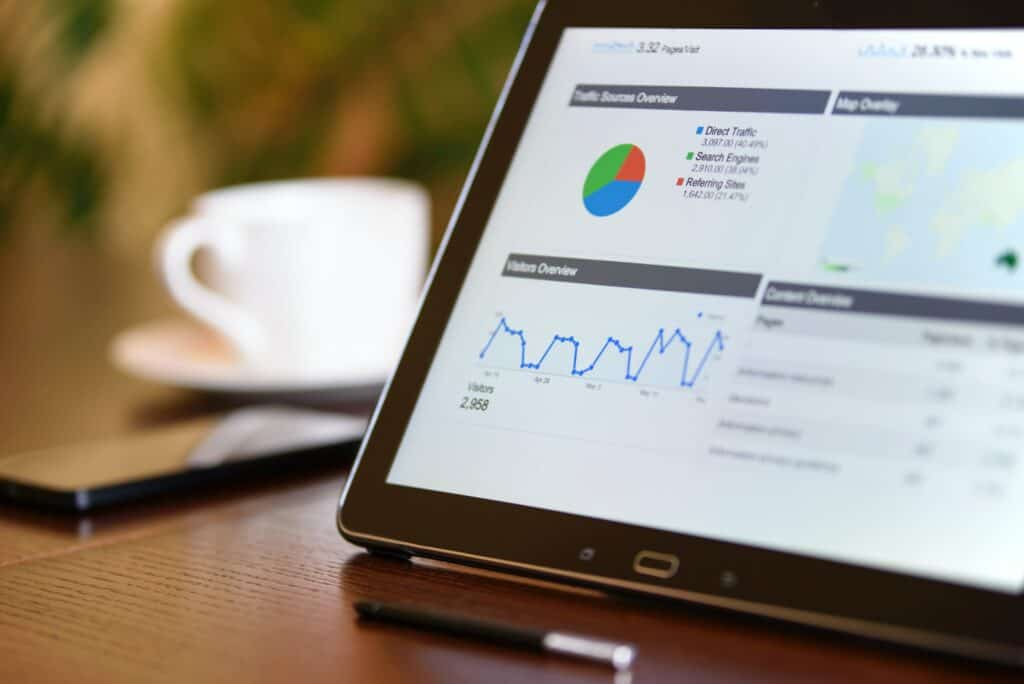Have you ever found yourself wondering how to create a competitive report?
If so, you’re not alone—the process can seem intimidating, especially if you’ve never done it before or if you don’t understand what makes it different from other reports you may have worked on in the past.
To help you create competitive reports more easily and comfortably,
we’ve created this step-by-step guide on how to create a competitive report that will walk you through each aspect of the process
and put all of your questions to rest as you tackle the challenge of gathering information and compiling it into an organized report.

Understanding Your Customers and Competitors
The first step in creating a competitive report is to fully understand your customers and competitors.
It’s important that you know what your competitors are up to, as well as who they target with their products and services.
Paying attention here can help you get valuable insight into what your potential customers might be looking for.
And while it may seem like common sense, it’s also important to take time to really understand your customers—who they are, where they live, how old they are, etc. This will help you better identify opportunities for growth. When considering both your customers and competitors, try to think of things from a 30,000-foot view (elevator pitch). Don’t worry about getting caught up in details; instead, focus on identifying trends. For example, if most of your competitors offer similar products or services but one stands out by offering something unique, consider why that is. What kind of market segment does it appeal to? How could you leverage those insights? Keep these questions in mind as you create your report.
Deciding on the Right Tools for Collecting Data
One of your most important steps will be choosing which tools are best for collecting competitive intelligence. While you can certainly conduct your own research manually, there are plenty of great automated services out there that simplify and expedite the process. If you’re looking for an all-inclusive service, SurveyMonkey is one great option. This tool lets you create surveys from scratch or use their pre-made templates, so it’s easy to collect data from a variety of sources. You can also import responses into Excel spreadsheets or Google Sheets for further analysis. Another great choice is Zoomerang, which offers similar features at a lower price point than SurveyMonkey. Both options offer free trials if you want to test them out before committing. If you prefer to work with ready-made templates instead of creating your own survey questions, QuestionPro might be a good fit. This service allows users to upload existing lists and contacts in order to send emails requesting feedback on competitors’ products and services. Responses can then be compiled into reports using QuestionPro’s cloud software.

Sorting Through Customer Information
The first step in creating your competitive report is to collect all relevant customer information. You’ll want key demographics such as age, sex, job title, level of education, and income level. This type of data allows you to establish your buyer personas: who are they and what do they look like? Gathering these details also helps you determine how much they spend on products and services similar to yours. If you already have some of these statistics from marketing surveys or other methods, great! However, if not, don’t worry—there are plenty of ways to get them. For example, many public records contain demographic information that can be used for research purposes. And if all else fails, there are always Google searches and social media analytics (like Facebook ads) that can help you fill in any gaps.
Organizing Contact Information
Once you have your list of competitors, you should take the time to organize all of their contact information and make it available for easy reference. The easiest way to do so is through spreadsheet software. If you have access to something more advanced like data visualization tools, by all means, use them, but in many cases, Excel will do just fine. It’s also worth noting that most cloud-based spreadsheet solutions (including Google Docs) offer robust sharing options that allow multiple users access to edit information at once. This can be very useful if you’re working with a team.
Delivering the Final Product
Once you’ve set up your competitive report, it’s time to deliver. Your client will be waiting eagerly (or not) for your final product, so make sure you give them what they want. When delivering in person, ensure that you have their company logo and all relevant contact information printed out on both sides of their report cover. This is also important if you are planning on sending your final product through email; remember that printing and saving as PDF can always be done. It’s best to send any reports electronically instead of physically mailing them—this way, there is no risk of misplacing or losing your work. If you do choose to mail your work, including tracking numbers and insurance in case anything happens during transit. Most importantly: Be professional! Whether you are giving someone a physical copy or an electronic one, be polite when meeting with clients and communicate effectively.

